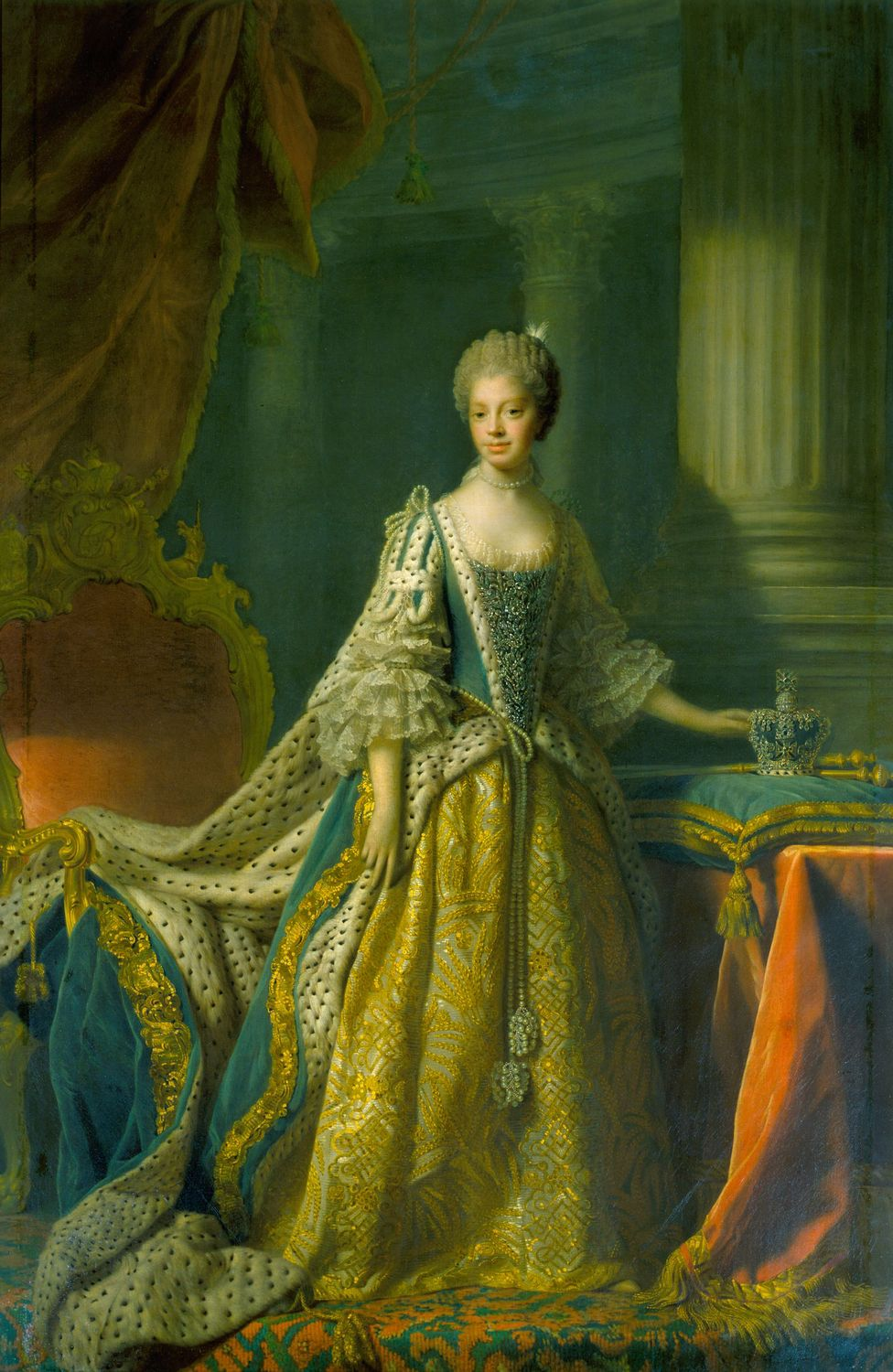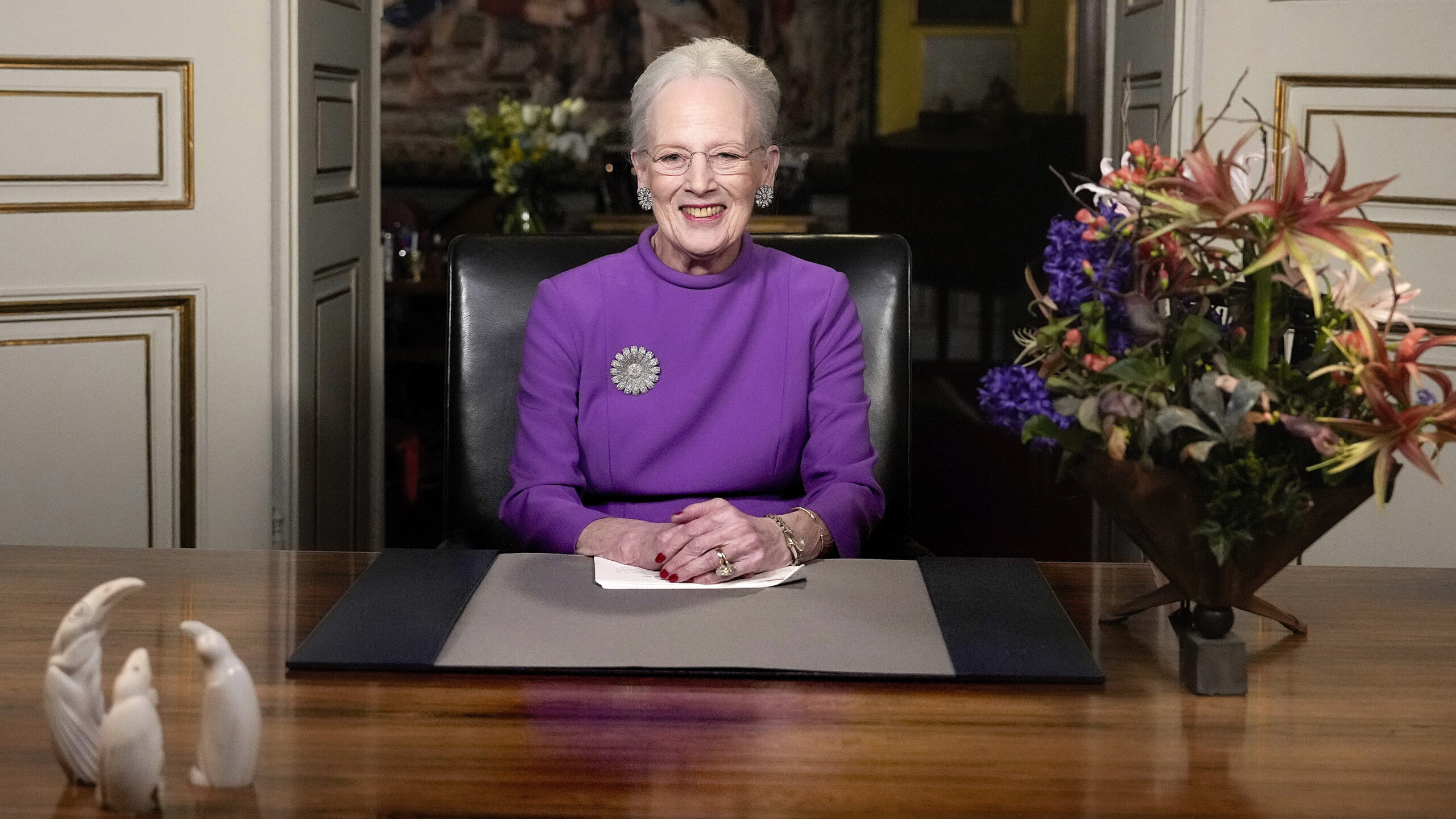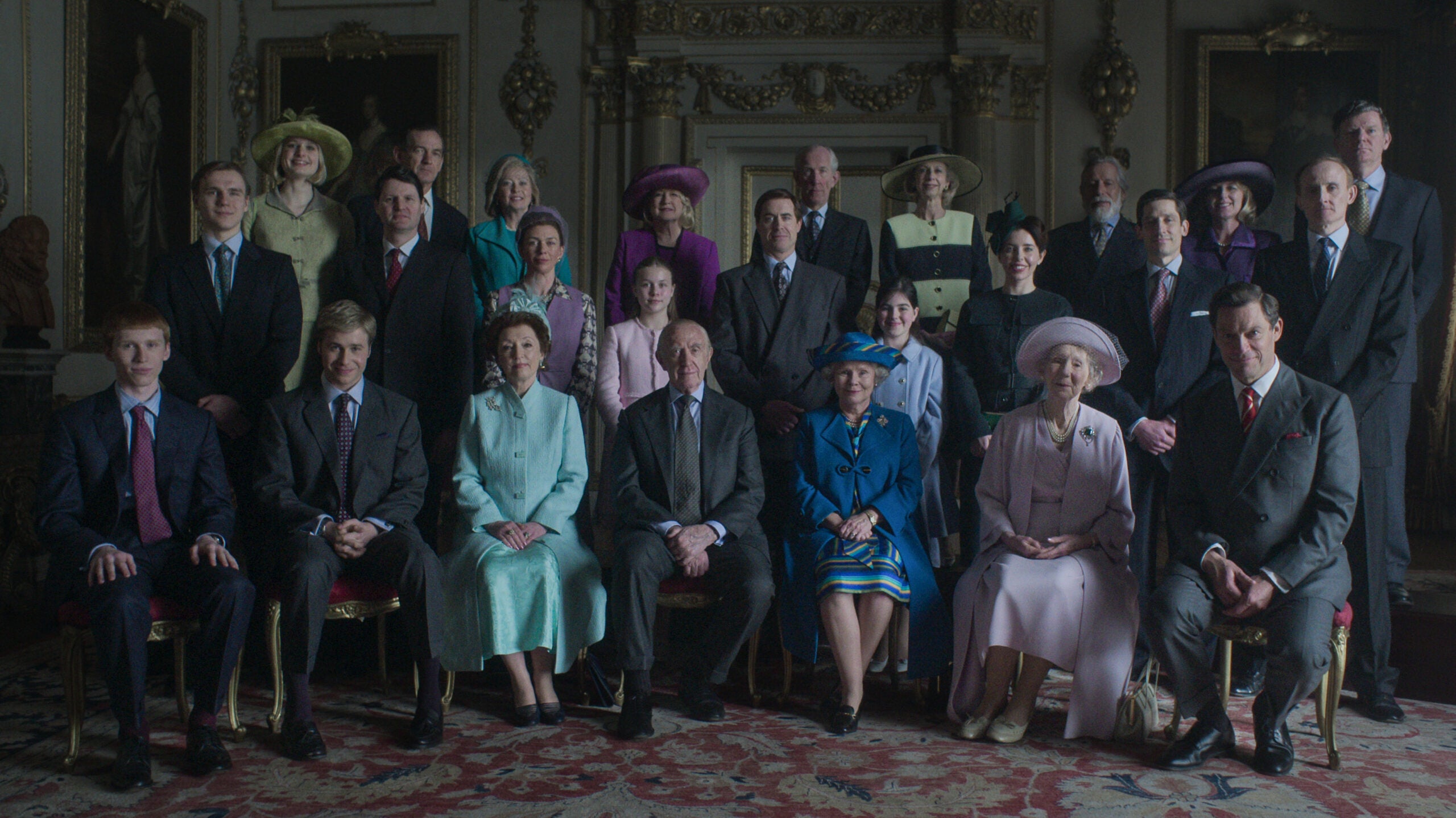The seventeen-year-old playing her spinet on the storm-tossed ship was a remarkable person. Charlotte had refinements and courage fit for a queen. In fact she was on her way across the English Channel to marry King George the Third.
At home she was known as Princess Sophie-Charlotte of Mecklenburg-Strelitz.
She had enjoyed a rich musical life since celebrated musicians were always welcome at her parents’ court. Her music teacher was one of the best, Carl Philipp Emmanuel Bach. Despite its cultural wealth, though, her country was a small duchy, hardly an obvious choice for a marital alliance with the vast British Empire. Power plays and court intrigues in London had settled on Charlotte as a politically safe and suitable queen for the 22-year-old George.
Stay informed on the latest news
Sign up for WPR’s email newsletter.
The young king and queen were not well matched otherwise. George was awkward, could scarcely read or write, and had strange mental lapses, while Charlotte was poised, articulate, and charismatic. Unlike George, she quickly won the hearts of her subjects.
She made a powerful first impression with a combination of musical training and courage while she was still on her way to England.
Charlotte’s Channel crossing was stormy and lasted nine days instead of the usual three. Charlotte’s traveling companions were terrified. As the ship tossed and the storm raged, she sat down at a spinet and played English folk songs and Lutheran chorales, leaving open the cabin door so that all could hear. As the storm began to slack off, she picked up her guitar and played “God Save the King.”
For the wedding, as if prompted by word of Charlotte’s courageous crossing, the composer who would become the queen’s music-master wrote a celebratory work. Johann Christian Bach called his congratulatory cantata Thanks Be to God Who Rules the Deep. Apparently Charlotte liked it. A note in the score reads: “This volume belongs to the Queen.”
Wisconsin Public Radio, © Copyright 2024, Board of Regents of the University of Wisconsin System and Wisconsin Educational Communications Board.






